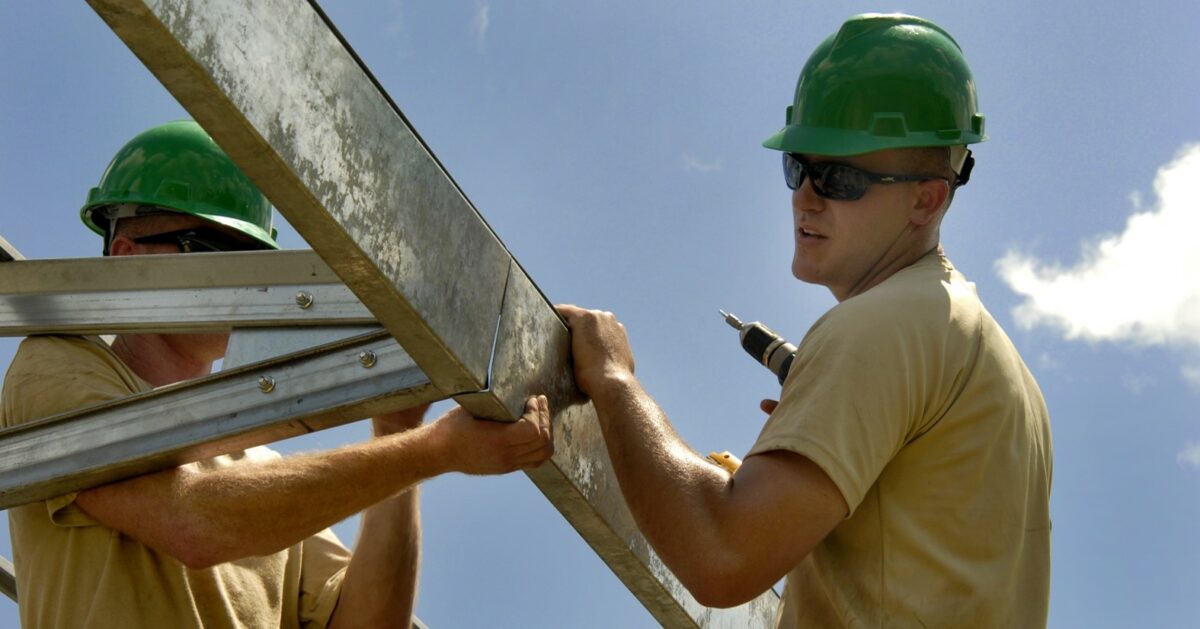BLOG
US | OSHA Review Commission: Construction Fall Standard Six-Foot Rule Does Not Exist
- #Health & Safety
- #Occupational Safety and Health Administration (OSHA)
- #OSHA
- #Regulations
- #safety

On April 28, 2020, the Occupational Safety and Health Review Commission issued a decision in Secretary of Labor v. Gate Precast Company relative to the OSHA construction fall standard. It is commonly perceived that the requirements for fall protection begin when employees work within six feet of an unprotected edge. Many employers, industry safety experts, and some OSHA inspectors have followed it as a rule of thumb.
What the Commission found is that the fall protection standard found at 29 CFR 1926.501(b)(1) does not expressly state a requirement for fall protection within six feet of an unprotected edge. The Commission held that fall protection is only required when it is reasonably predictable that employees have been, are, or will be in the zone of the danger that the standard is intended to prevent.